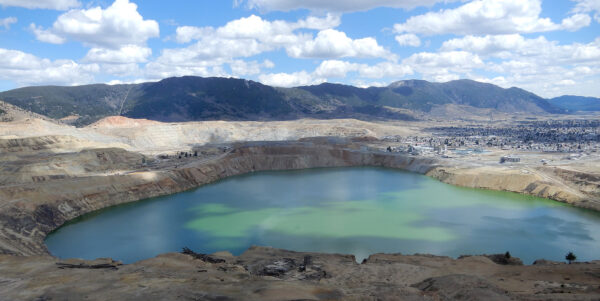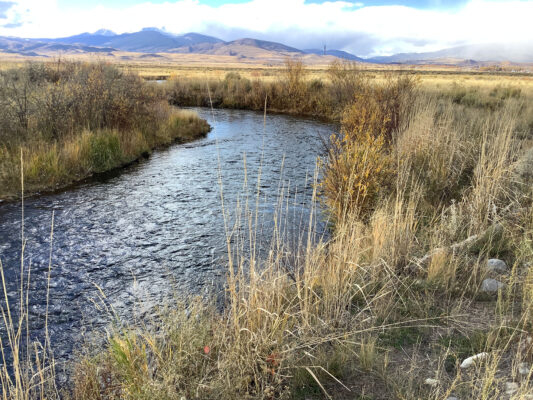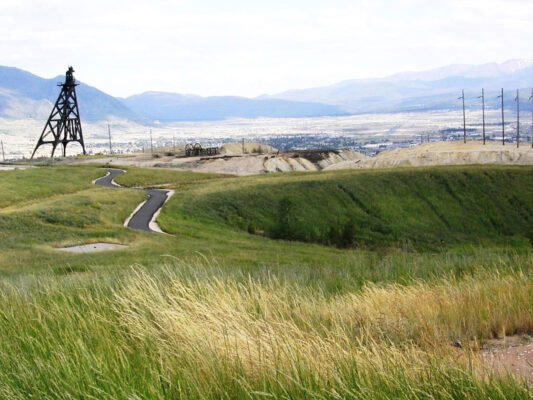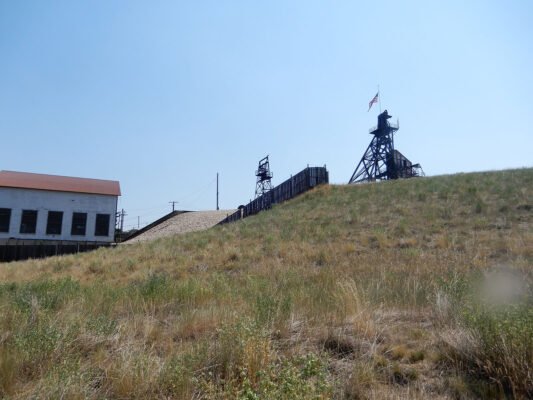Warm Springs Ponds: How Contamination Started
After a massive flood in 1908 washed Butte’s mining waste down Silver Bow Creek and into the Clark Fork River, the Anaconda Copper Company built the first Warm Springs Pond in 1911 to catch mine tailings before they spread further. Two more ponds were added in 1916 and 1959. Together, they’ve collected around 19 million cubic yards of tailings and contaminated sediment.





